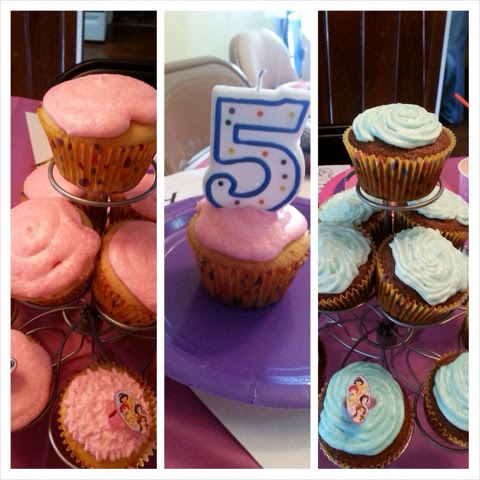Did you know? Your child's first visit to the dentist should be at 1 year of age. I didn't either until I became a dental hygienist!
Why visit the Dentist at age 1?
The purpose of the age 1 dental visit is to learn about your child's oral health and how to best care for your child's teeth before any problems occur. Many dental problems can be prevented or more easily treated in the early stages. At this first visit, you will get your questions answered and start to build a relationship with the dentist and dental hygienist. Most of your child's first visit is about education. It is important too for your child to understand why they come to the dentist office, who they see there and what we do!
What to expect:
Most likely your child will not be happy at their first dental appointment and that is okay! That's also a reason to bring them so early so they start to trust us at an early age. You can expect the dental hygienist or dentist to review your child's health history with you. Anything that you know about your child's health is important for us to know. We will respond and listen to any questions or concerns that you have. We will talk with you about your child's overall health and how they are developing orally. We will let you know how many teeth they have, how many more teeth to erupt and how their gums and tissue look. We will also question if their are an oral habits: sucking thumb, fingers or using a pacifier. We will also want to know if a bottle is used and what you are putting in it. We will also discuss how to properly take care of your child's teeth at home and factors that affect the risk of cavities, such as diet. Your child's bite will also be looked at to see how their teeth come together. Follow-up appointments will be made the same day as well. We suggest your child comes to the dentist for cleanings every 6 months. If your child is at a high risk for cavities or is already showing signs of cavities they may come every 3 months.
What if your child won't sit in the dental chair?
Most children at their first dental visit do not sit in the chair by themselves. We will ask you to have your child sit on your lap. Most of the time we will do what we call a lap exam. You will be asked to turn towards the dentist or dental hygienist and sit knee to knee with them. Your child will then face you and wrap their legs around your waist. Your child will then lay back and their head will be in our laps and you will be asked to hold your child's hands so that they do not grab at us and no one gets hurt. If your child cries, that is okay! We can actually see in their mouth better. We will quickly brush your child's teeth and do an exam to check for cavities. At this time we are also looking to see how many teeth they have and how their tissue looks. The dentist or dental hygienist may also apply a fluoride treatment to your child's teeth.
Choose the right "dental home" for your child. A good dental home will:
*Be child and parent friendly
*knowledgable about young children's oral health, growth and development
*Responsive to you
*Gentle and kind toward your child and focused on your child's specific needs
*gives advice on how to care for your child's mouth and teeth and willing to show you how to do it
*Give specific advice about regular follow-up care
*Tell you about what will happen next in your child's oral development
Enjoy your child's first dental visit!!







